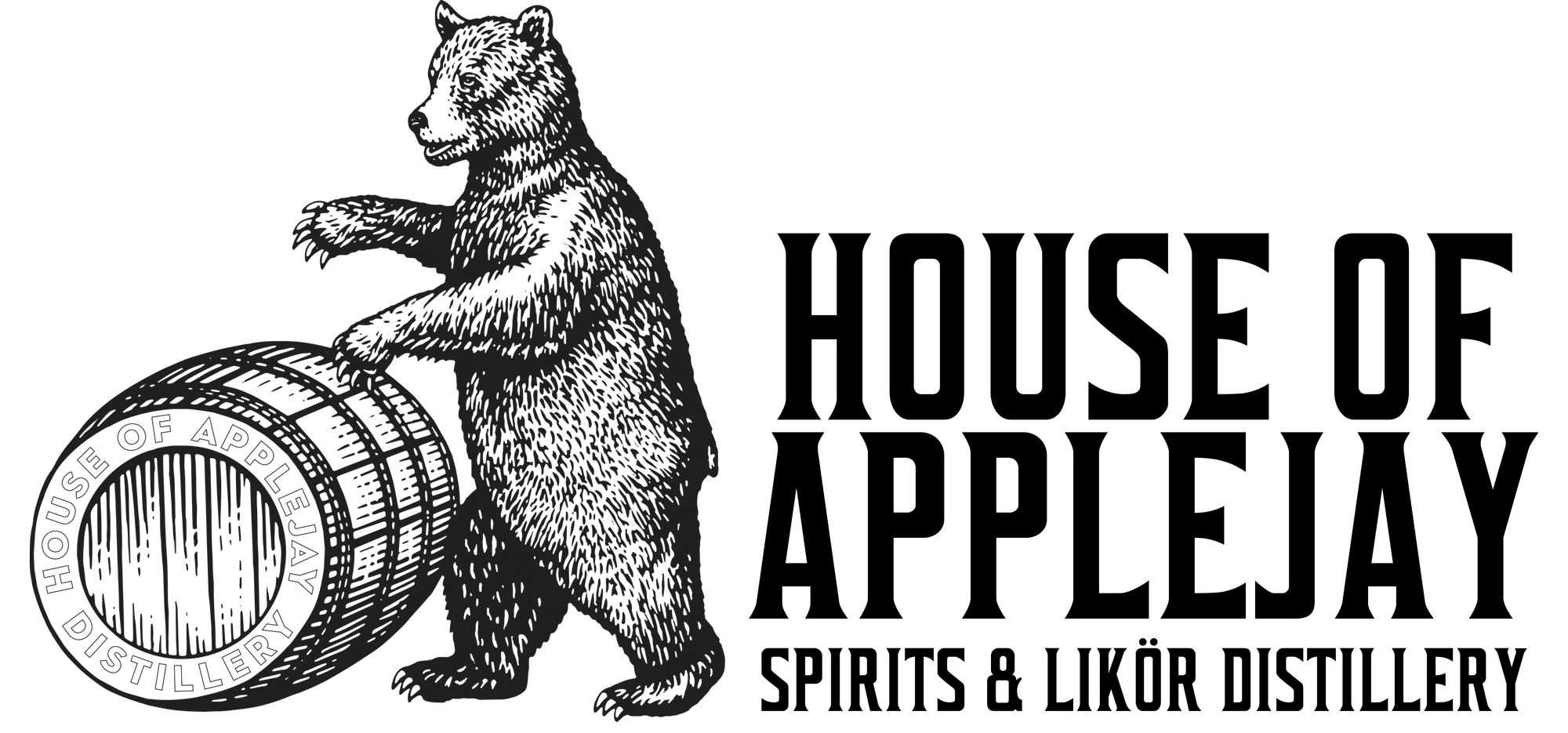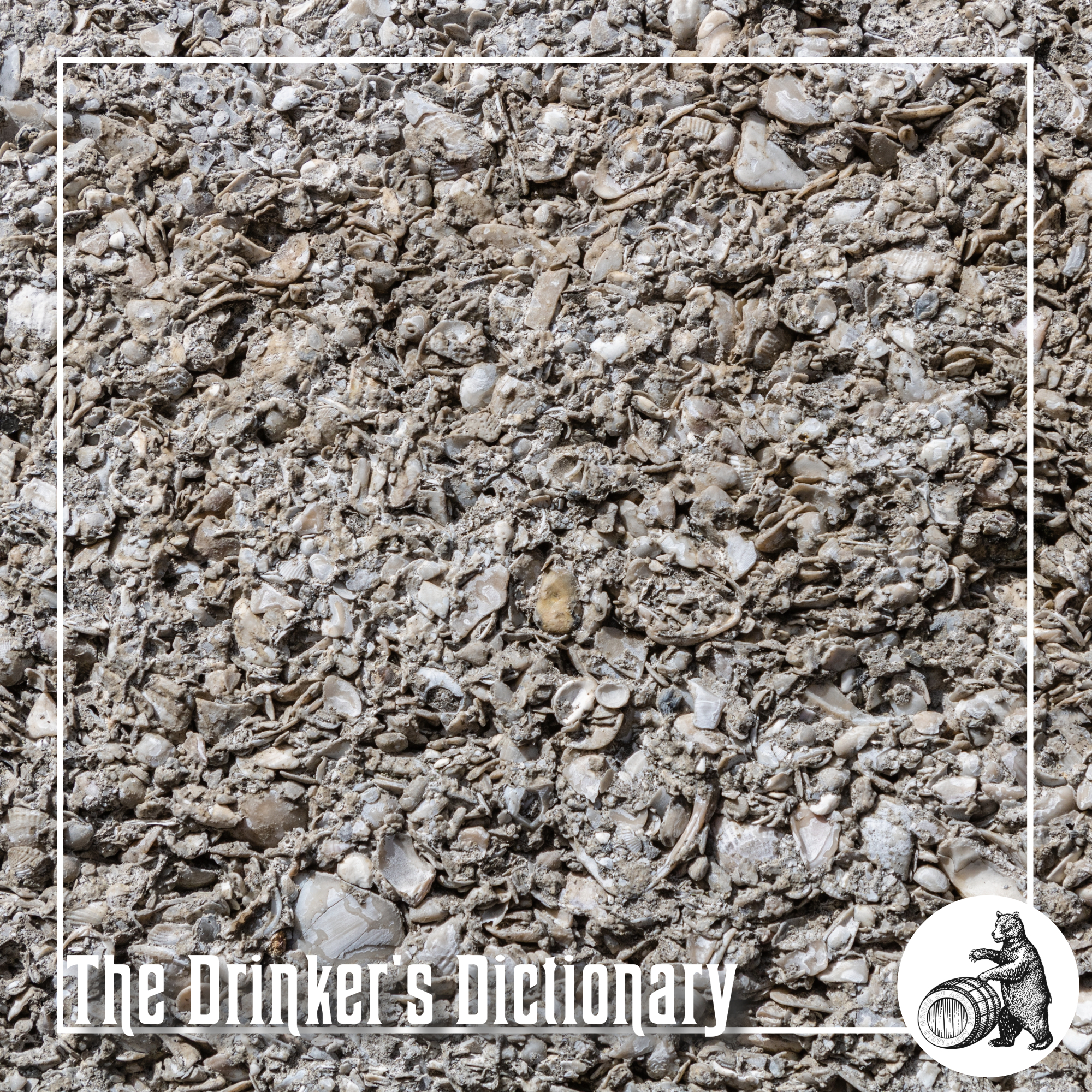The Thicket
Gin & Ingenious Invention in 18th Century London
In 1816, Scottish immigrant William Carnochan constructed the Thicket Rum Distillery near Darien, Georgia, inspired by the myrtle-laden vegetation of the 400-acre Colonial Plantation. Darien, established by 177 Scottish families in October 1736, holds the distinction of being Georgia’s oldest city.
The Thicket Rum Distillery
Thomas Spalding, a prosperous planter of Sapelo Island, served as Carnochan’s investor and sugarcane cultivation mentor. In response to taxes on sugarcane imports, Carnochan adopted Spalding’s suggestion to use tabby, a robust concrete made from burned oyster shells mixed with lime, water, sand, ash, and broken oyster shells, as a building material for the distillery and buildings.
The Thicket Rum Distillery, Georgia’s inaugural local sugarcane plantation distillery, operated successfully on a commercial scale from 1817 until 1824. Tragedy struck in September 1824 when a powerful hurricane hit the coast, leading to the drowning of one of Carnochan’s slaves and the destruction of several plantation buildings, including the distillery. A six-foot wall of water swept across Sapelo Island, with the tide rising over ten feet above the Georgia coastlands.
William Carnochan succumbed to the aftermath a year later at the age of 51, and the distillery was never reconstructed on the plantation. In 1836, the property transferred to Charles Spalding, son of Thomas Spalding.
Today, the Thicket Sugar Mill and Rum Distillery exist only in tabby ruins, located within a private gated community on Tolomato Island, serving as silent witnesses to a bygone era.
What is tabby?
Tabby concrete is a mixture of lime, sand, shells, and water, and it is often used in the construction of buildings, particularly in coastal regions. The shells used in tabby concrete can be oyster shells, clam shells, or other types of seashells.
The Distilling Culture
BLOG
Embark on a global journey, and you’ll find that cultures possess tales that harken back to their ancient beginnings of distillation, brewing, and winemaking.
info@houseofapplejay.com
67 Fowler St, Bldg B, East Ellijay, GA 30540

